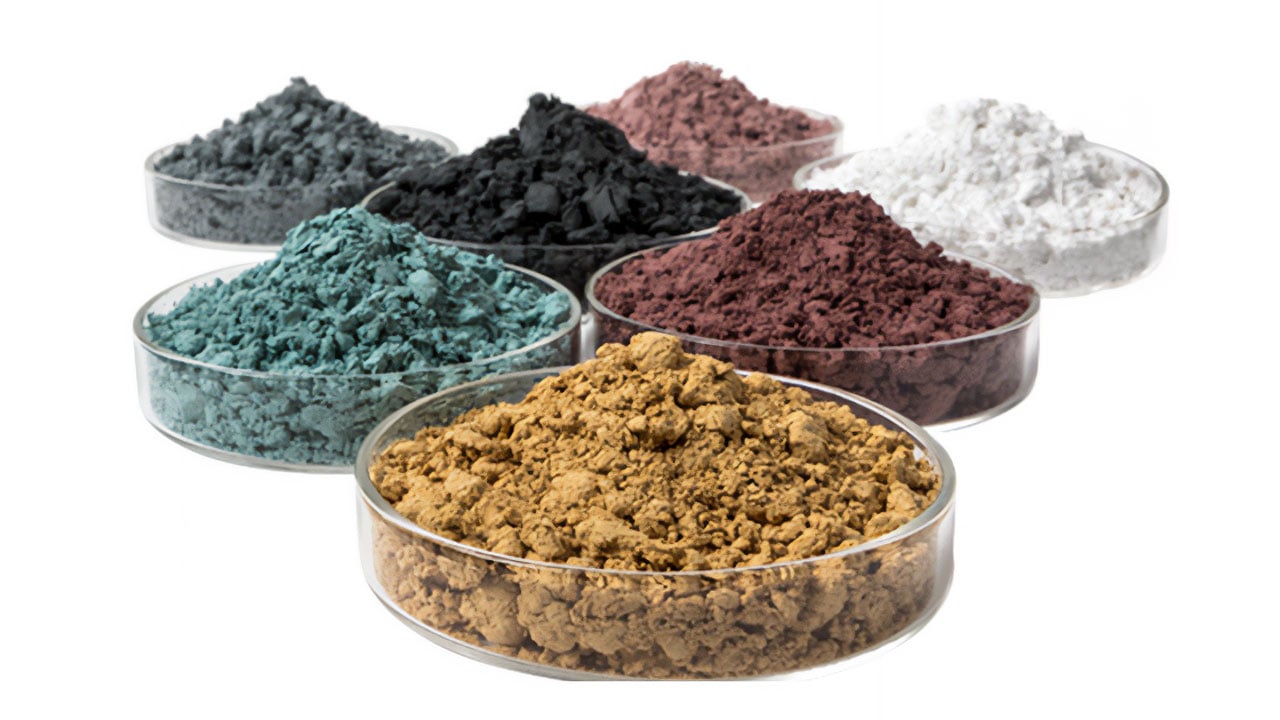
PTFE (Polytetrafluoroethylene) is one of the most popular and widely utilized fluoropolymers in the world, known for its remarkable properties like high-temperature resistance, chemical inertness, and excellent electrical insulation. To amplify its intrinsic qualities or to introduce new properties, PTFE materials, such as Rulon, are often compounded with various fillers. Let's delve into the world of PTFE fillers to explore their specific benefits on the properties and applications of PTFE.
In this post we’ll cover:
- Glass
- Carbon
- Graphite
- Molybdenum Disulfide (MoS2)
- Minerals
- Polyester
- Bronze
- Polyimide
Glass
Glass is one of the most common fillers used with PTFE, particularly for applications requiring enhanced wear resistance and stability. When combined with PTFE, glass imparts a lower coefficient of thermal expansion and improved compressive strength. This can lead to better dimensional stability and resistance to deformation under load. Applications of glass-filled PTFE include seals, bearings, and electrical insulators where reduced creep and cold flow are vital and dielectric stability is required.
Carbon
Carbon is a versatile filler that provides PTFE with increased thermal conductivity, improved wear resistance, and lower deformation under load. The addition of carbon to PTFE can also enhance its anti-extrusion properties. This makes carbon-filled PTFE an excellent choice for applications like seal rings and gaskets, particularly in dynamic sealing applications where resistance to deformation and wear are critical. Carbon additives come in the form of fibers as well as different types of carbon powder.
Graphite
The addition of graphite to PTFE creates a compound with superior wear resistance, lower friction, and excellent self-lubricating properties. The graphite particles are smooth and layered, helping reduce the coefficient of friction and improve wear properties. This makes graphite-filled PTFE ideal for use in applications like bearings, seals, and piston rings where low friction, longevity, and heat dissipation are essential.
Molybdenum Disulfide (MoS2)
Molybdenum Disulfide (MoS2) in PTFE provides an enhanced wear resistance, especially in applications involving high-pressure conditions. It imparts excellent dry lubricating properties, making MoS2 filled PTFE a suitable choice for applications requiring low friction and wear resistance. It is widely used in applications such as mechanical seals, thrust washers, and slide bearings. MoS2 is often used in conjunction with glass fibers or bronze to further enhance those filler properties.
Bronze
Bronze as a PTFE filler delivers excellent wear resistance, increased thermal conductivity, and a reduction in creep. It is used in dynamic sealing applications where high thermal conductivity and wear resistance are required. Bronze-filled PTFE is typically employed in applications such as piston rings, seal rings, and bearings.
Minerals
Several different minerals are available and are often used in PTFE blends requiring FDA compliance since most of them meet FDA independently. Minerals improve wear and load resistance and are chemically resistant. Minerals are also blended with other fillers such as graphite, bronze or even stainless steel to meet specific application needs.
Polyester
Polyester filled PTFE offers superior heat and wear resistance as well as dimensional stability. The crystalline polyester improves creep resistance under load so as a bearing or seal at temperatures in the high 500°F range, these compounds make for excellent seals, bearings and gaskets.
Polyimide
Polyimide, when used as a filler in PTFE, improves compressive and flexural strength, hardness, and wear resistance. Polyimide filled PTFE also exhibits excellent thermal stability and resistance to a broad spectrum of chemicals. This combination is typically used in applications like gaskets, seals, valve components, and a wide range of electrical components where resistance to wear and high temperatures are needed.
---
To wrap up, the incorporation of fillers can significantly alter the properties of PTFE, tailoring the material to meet specific needs. Glass, carbon, graphite, Molybdenum Disulfide, bronze, and polyimide all impart distinct properties to the PTFE, making it a versatile, high-performance material that can be customized for an array of specialized applications. Combinations of fillers and different percentages of fills along with metallic pigments offer a broad cross section of material options to solve your problems.
If you have an application that you think would benefit from a filled PTFE product, ask our engineering experts to make a recommendation.










